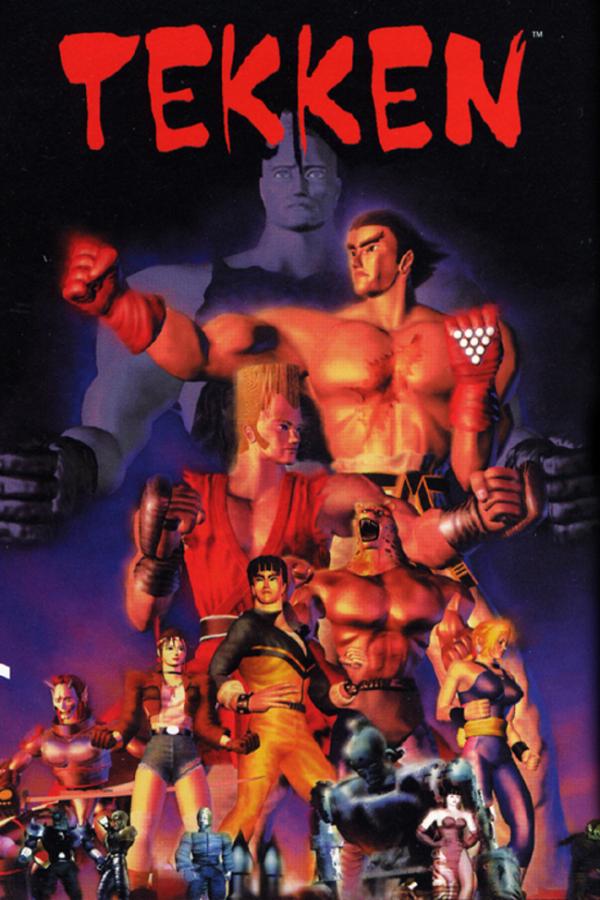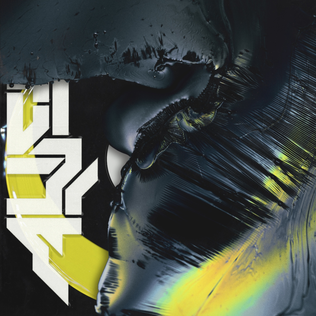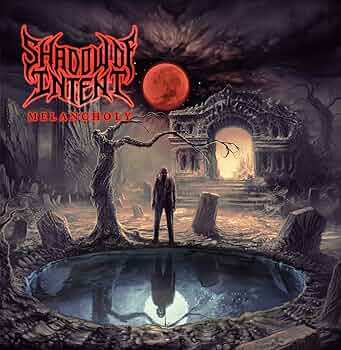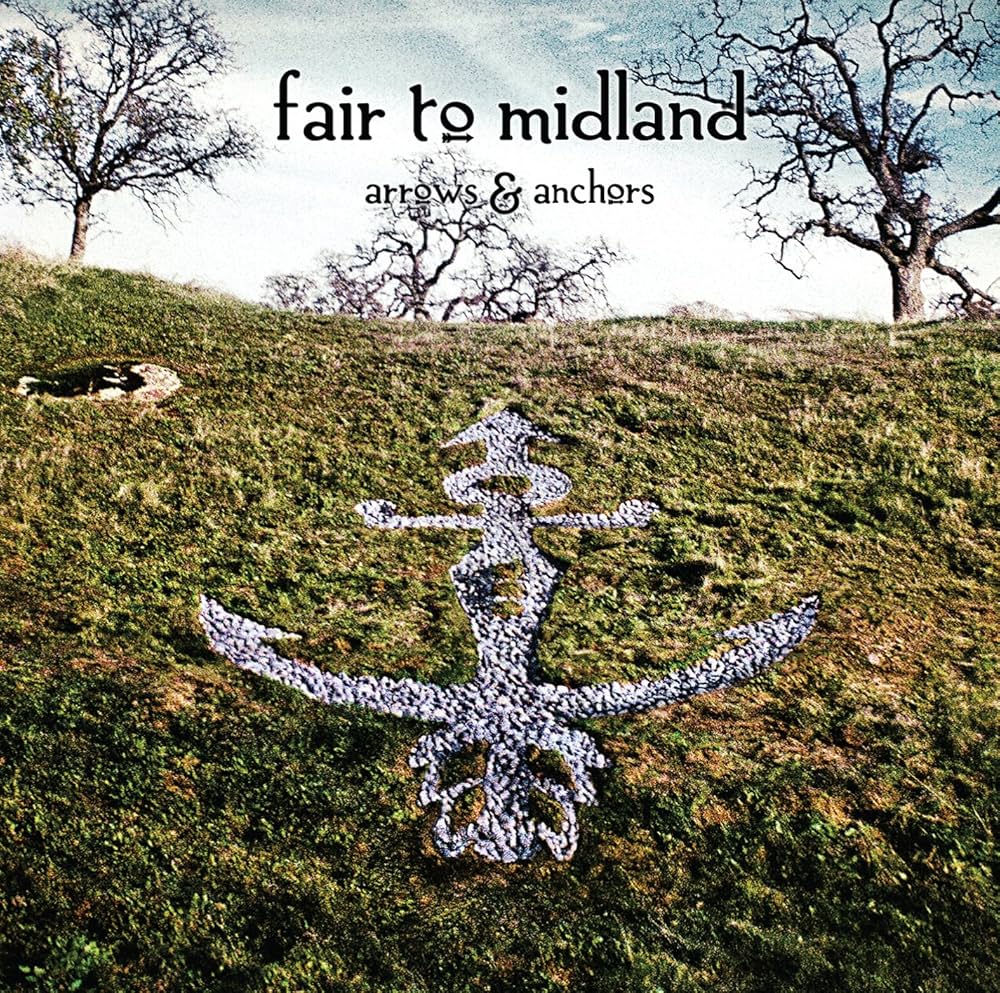There are very few fighting game series that have made an impact on me and the fighting game community (FGC). Tekken has been one of the most influential and long-lasting parts of the FGC and its fanbase, after the popularity of SEGA’s new 3-D fighting game, Virtua Fighter, and its imminent development of a sequel. At the time, SEGA’s main competitor, BANDAI NAMCO, went to the drawing board with the same idea for a 3-D fighting game of its own. After the onboarding of Virtua Fighter’s original game designer, Seiichi Ishii, for the new project, they finally came up with a name, Rave War. Obviously, throughout the later part of the development, they moved on to a more memorable name, Tekken or “Iron Fist.” To understand the impact and the foundation of this first entry into a longest-running series in the gaming industry (not to mention the FGC), we must analyze its combat, story, and visuals to truly decide if this was a fitting place to start, and whether or not it is an effective competitor for the Virtua Fighter.
Before getting into the meat and bones of the combat, it is better to remind ourselves that this was released on the first PlayStation back in 1995. Due to this, a majority of the gameplay feels clunky and primitive. However, the most unique parts of the system aren’t the combos themselves, but the approach to combo crafting and their coinciding inputs. The Tekken gameplay system consists of four directional inputs and four action inputs. The character-distinct attacks are mainly for combo starters and combo enders. A lot of the time, these use multiple inputs and are unique to each character. Between these moves, players are allowed an assortment of light attacks, ranging from frame usage to timing. The neutral moves are mainly a single input or two at a time. Since it is a 3-D game, by double tapping on a directional input, players are allowed to move on a y and x-axis within the arena. The movesets aren’t anything to gawk at, but lay a great blueprint of where the series would be able to go in future entries. The first Tekken has probably one of the amassed character rosters with the addition of secret characters by playing the arcade mode.
In the first Tekken, Heihachi Mishima hosts the King of Iron Fist Tournament to find a worthy successor, only for Kazuya Mishima, his son who he previously threw off a cliff, to win the tournament and exact revenge by throwing Heihachi from the same peak. Kazuya, fueled by this early trauma and a pact with the Devil Gene, seeks to seize control of the Mishima Zaibatsu, a powerful corporation. Throughout the game, players will encounter characters around the world who are larger than life. The story is comically abnormal in such a fun way, it’s pure 90’s chaos and cheese. Eat your heart out Face/Off.
For the arcade editions of Tekken, Bandai Namco used their cheap PlayStation hardware called the Namco 11. The game caps at 60 FPS, however most players will maintain a stable 58 without too many drops. Tekken’s art style was mainly inspired by its peers, in spite of that, Tekken took a grounded approach to the character designs in comparison to Virtua Fighter. The assets and models are what you’d expect from a PlayStation game, but the faces are oddly advanced.
Overall, the game is primitive and outdated, but it’s masterfully built. Out of the industry at the time, Tekken was looked at as the beginners or casual fighting game. This laid out a perfect foundation for the successors and later games to be near perfect.
Categories:
Tekken-Retrospective
Game Review
Story by Nicholas Ryan, Reporter
October 24, 2025
More to Discover
About the Contributor

Nicholas Ryan, Reporter
Nicholas Ryan is a broadcaster for both KFOI News & Sports at Fort Osage and for his church, where he started by helping run the audio board in 2021. For his church, he currently works on camera operations and has been the main camera operator since late 2023, while also being a camera operator for KFOI. Along with broadcasting, he also participates in Lincoln-Douglas Debate for Speech & Debate, and while not a full member of The Signal, still contributes stories for it as well.







